International SEO Strategy Recommendations for Leading the Asian Market
To grow in the organic channel in the Asian market, it is necessary to know the culture and language differences well, in addition to standard SEO strategies. In this article, I wanted to look at the strategy on a slightly broader scale, instead of focusing on crawl outputs or audit results that anyone can easily do. In other words, making a "duplicate title" improvement without fully understanding the countries and your potential target audience will not be very beneficial. If you're ready, let's begin :)
The number of online shoppers and the use of online payments in China is over 800M+, making China one of the largest in the world in this field. The number of online shoppers in India is also growing rapidly.¹
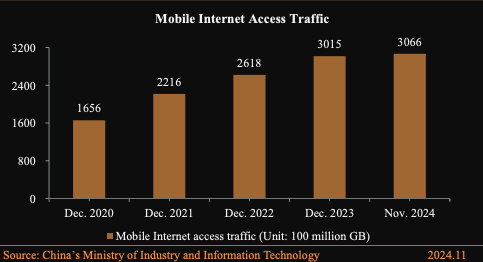
Analyzing Market Demands
If there is no demand for your product in Asian countries, it would not be right to invest in these countries. To analyze this demand, it will be useful to conduct keyword research and understand whether there is a need for a new player in the industry. For example, researching your product in Malaysia and misjudging the market demand will cause your resources to be wasted.
The platforms used by a user in China are completely different from those used by users in South Korea. Therefore, instead of seeing Asia as a single market, it is necessary to know that there are many different sub-segments within it. In addition to the SEO tools we constantly use, you can use Naver DataLab for research in South Korea. In the example below, you can see data such as click volume trend, device, gender, and age distribution, and you can conduct more detailed research if you wish:
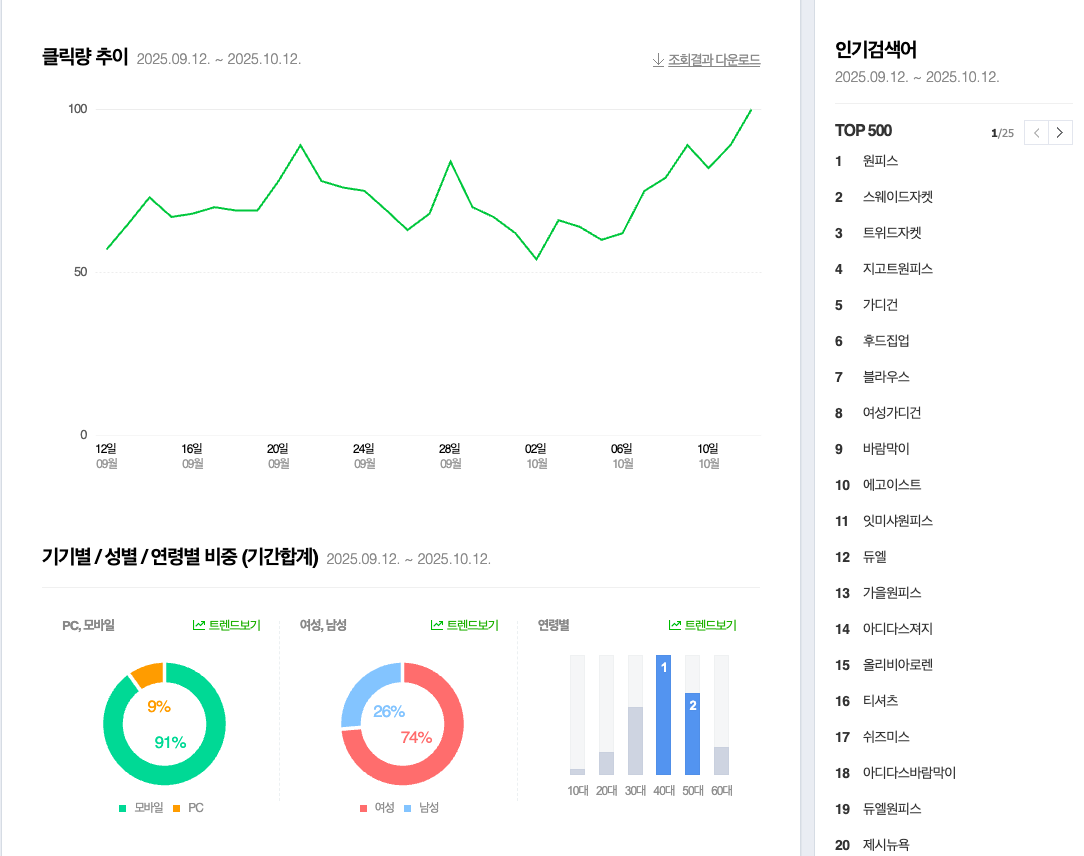
It is also necessary to learn how cultural norms, from the meaning of colors to shopping habits, shape search intent.
Legal Compliance
Since each country has its own unique laws, it is necessary to pay attention to them in SEO efforts. Issues such as the protection of personal data, online shopping regulations, and advertising standards need to be handled carefully. Overlooked transactions that do not comply with the law can lead to legal problems and financial penalties that could be harmful to the brand. For example, you can research the ICP license to be listed on Baidu.
Search Engines
How would you feel if I asked you to imagine a world where not everyone uses Google? Well, such a world exists in some countries in Asia. From search engine usage to operating systems, Google is far behind in many technological details in some countries. On this continent, there isn't just one search engine. There are different search engines like Baidu and Naver, used by millions of people:
Baidu
You can see that Baidu prioritizes its own products like Baike, Zhidao, and News in its search results in China. Therefore, you can understand the fundamental differences with Google when creating your strategy. Being present on these platforms will be beneficial for brand awareness and for your site to be listed better in local search results.
For informational queries, Baike, which I can call the Chinese version of Wikipedia, is more visible. In your content plans, you can try to understand the queries and analyze how the information is presented. If these results are already in the top ranks for the keywords you will be working on, you might want to lean towards more long-tail queries:
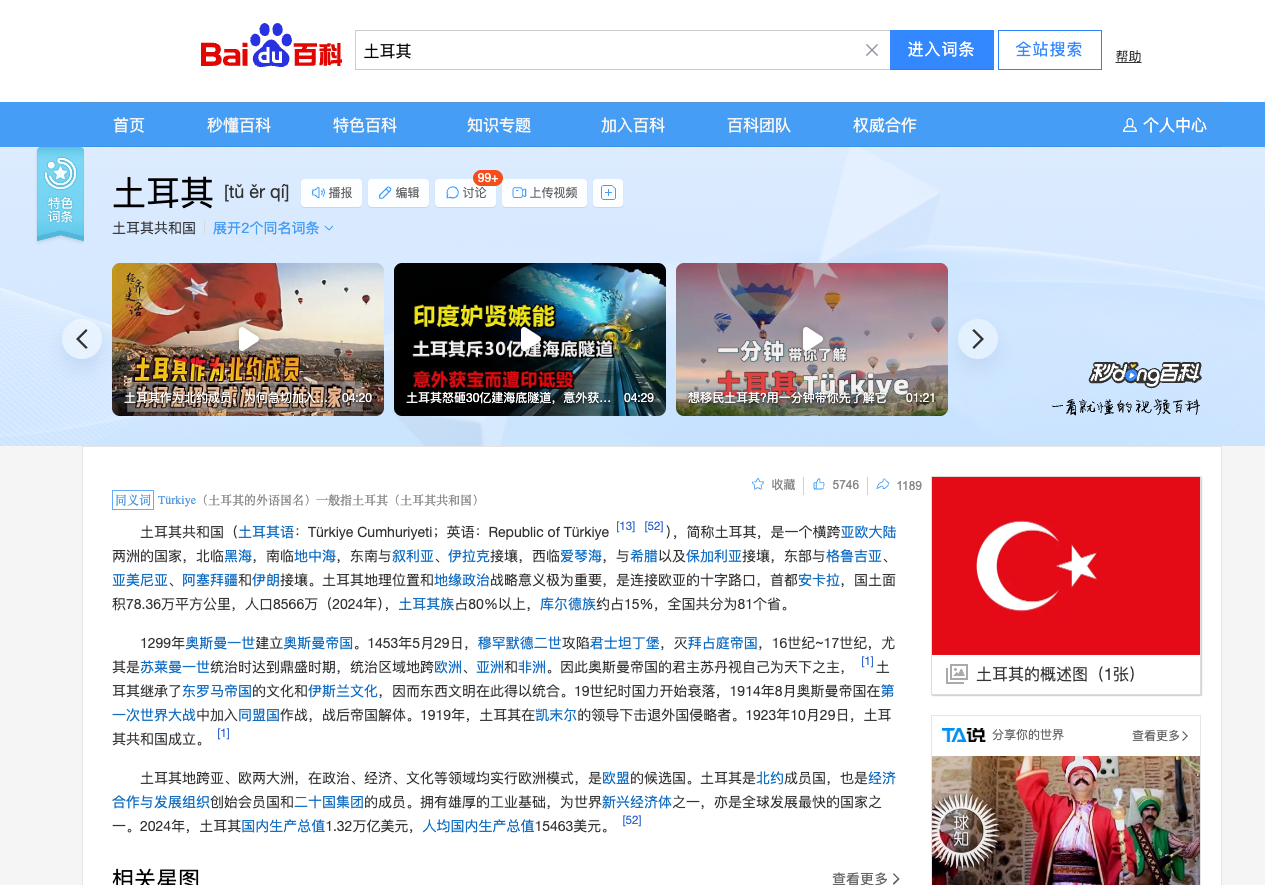
Zhidao is a platform I can call a Q&A site, and there is a different target audience here related to your brand or the products you will sell. For example, for a question like "Why didn't my phone ring when someone called me on WeChat?", the Huawei brand answers it. This way, they both provide a solution to their users and can participate in many different related discussions. You can also use this platform to analyze your competitors. You can research their negative aspects and report your notes to the product teams.
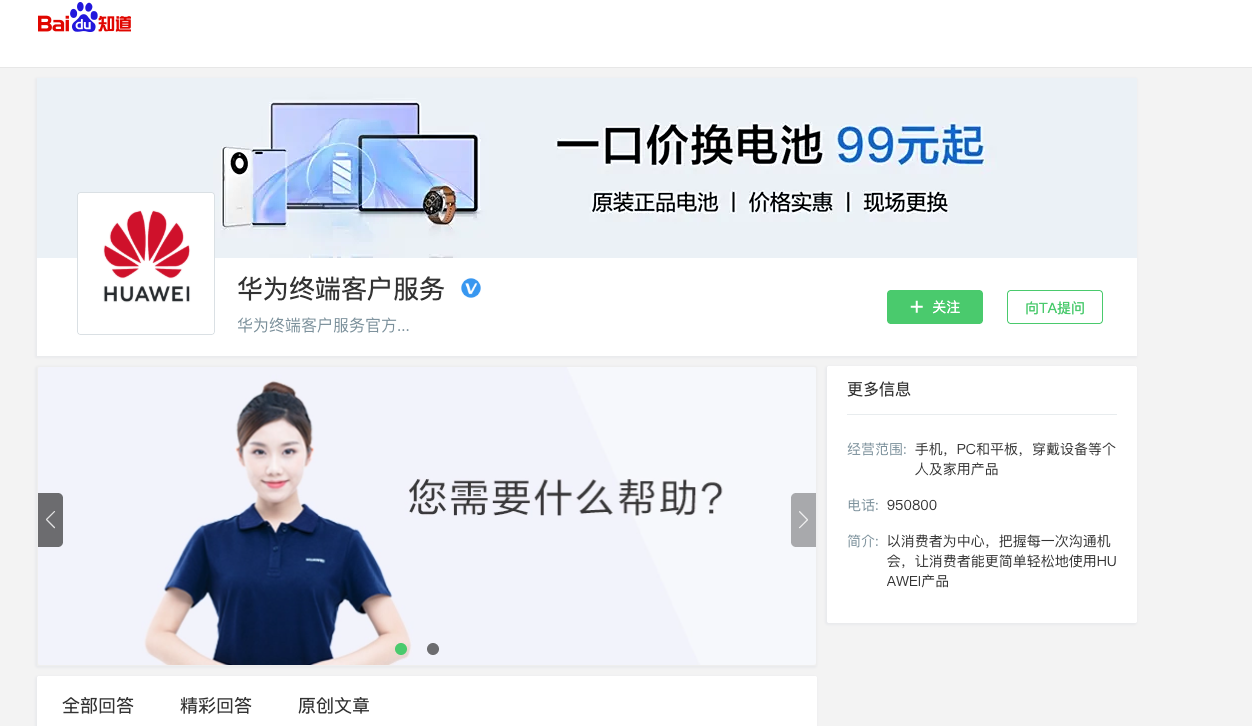
I don't need to tell you that news services and user habits are different from ours. You can identify the most trending topics on the Baidu Trends page:
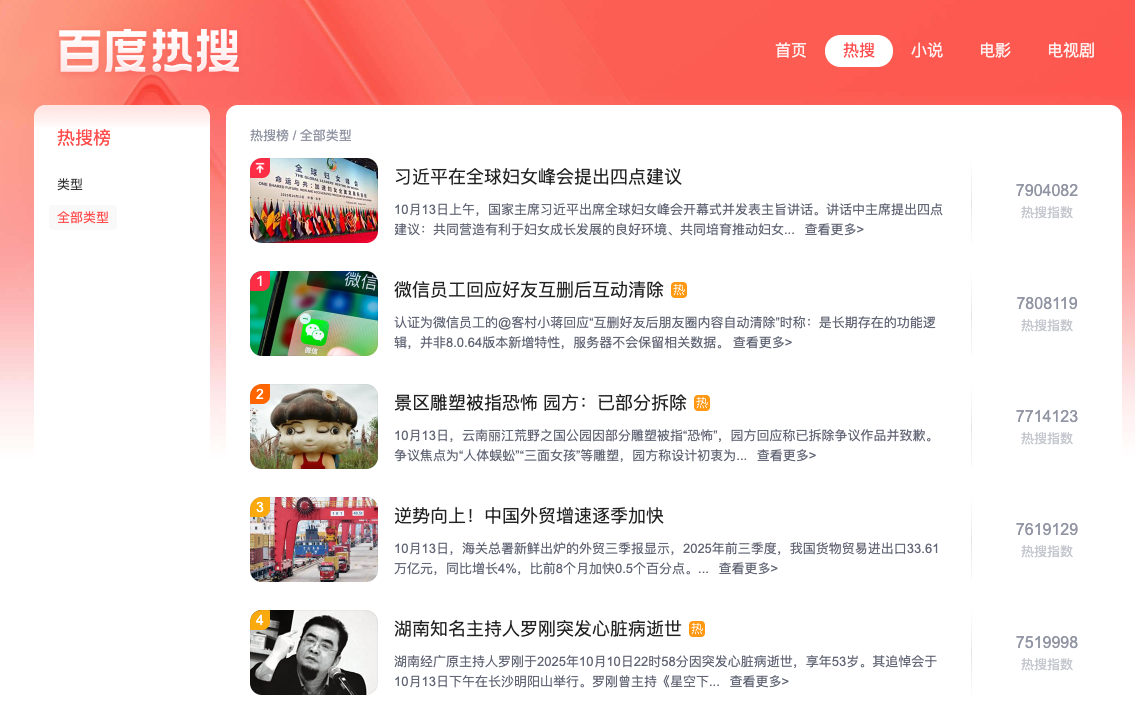
Naver
Naver can be defined as a portal in South Korea where content is produced and consumed within itself, rather than just a search engine. You can review Naver Blog, Naver Cafe, and Naver Terms content beforehand. The example below contains encyclopedic information about Diabetes. If you are a hospital engaged in health tourism and your target is South Korea, your content must be optimized to be competitive and include local terms:
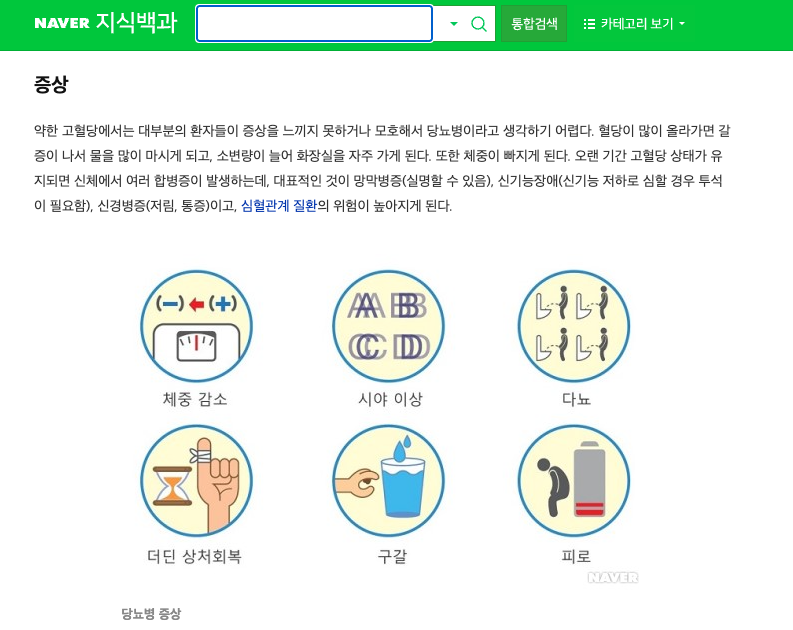
In the Cafe content, I have seen that E-E-A-T is applied very well. For example, reviews on where to find the best Durian in Thailand or an examination of all product features of a shirt are done very well and put into writing:
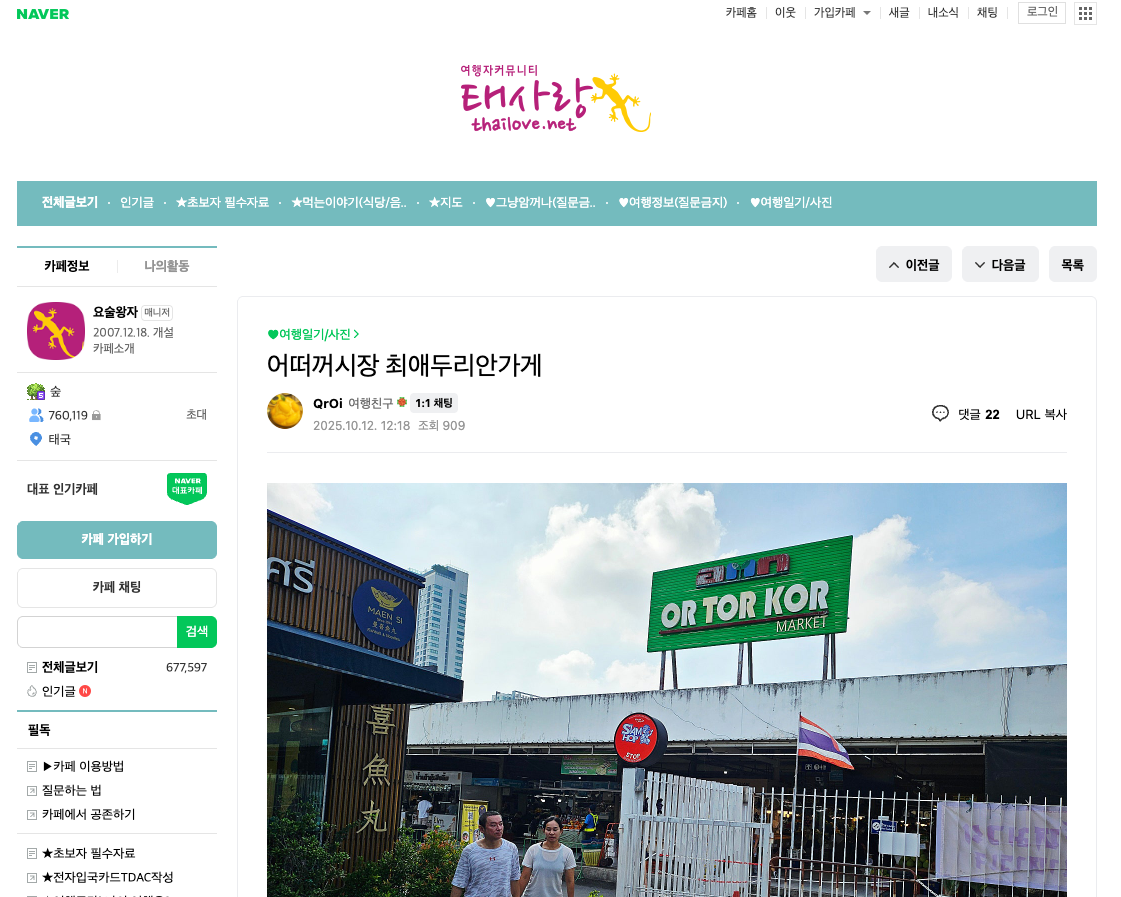
I would like to remind you that mobile app usage is higher on Naver specifically. Therefore, you can keep localization in mobile applications high on your business plans.
If you haven't verified it yet, you can start the data flow and let Naver know about your site by verifying it on Naver. By the way, I think the Backlink section crawls links from around the world much faster than other search engines:
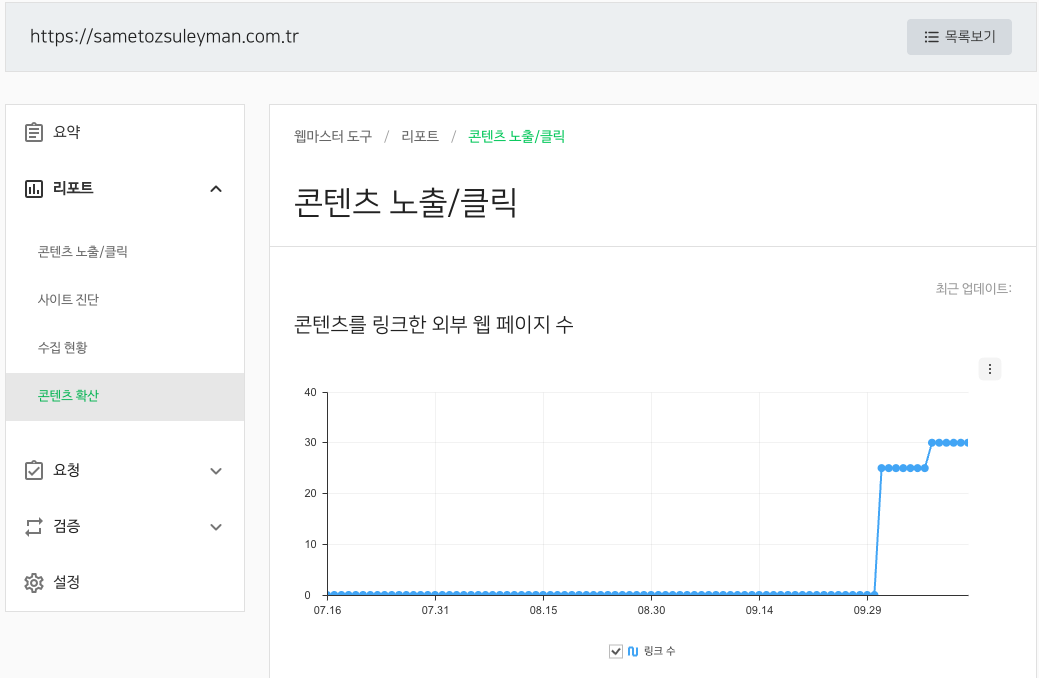
As you can see, if we want to succeed in South Korea, we must be very active on these platforms and constantly interact with users.
Additionally, you should create new strategies for Yahoo for users in Japan. We should produce video content specifically for Douyin in China and implement video-specific SEO practices completely. In markets like Indonesia, Vietnam, Thailand, Malaysia, and India, Google already has a market share of over 90%. You can also take note that Yandex is used in Russia's regions, especially those close to China.
Tired of reading?
You can also listen to this blog post as a podcast we created with Google NotebookLM on Spotify.
Language Complexity
In this market, you once again understand the importance of not just different languages, but also different dialects and character sets of the same language. For example, it is necessary to know the differences between simplified and traditional Chinese and to implement the entire strategy accordingly.
I think the real difficulty is not the use of different search engines between countries, but the diversity of languages. Besides the Chinese example, content should be produced in languages such as Hindi, Bengali, and Tamil in addition to English in India. To go even further, it would be beneficial to examine queries in "Hinglish" (Hindi and English) to achieve conversions.

Also, do not neglect to analyze the cultural differences in how users search in queries like Japanese. For example, there are many spaces in the phrase "東京 おすすめ ラーメン" meaning Tokyo recommendation ramen. The Japanese generally search with multiple words separated by spaces, so if you use filters like word count in your analysis, don't forget these space counts.
Technical SEO Practices
This subheading alone could be thousands of words, but I will touch on the summary topics that I find important. In other words, I will not re-emphasize that you should use language-specific words in the title information.
Special arrangements for Asian countries should also be made in Schema codes. It would be beneficial to specify the official accounts of brands like WeChat and LINE, if any, within the organization schema:

Currencies must be provided clearly and correctly:

For example, for a site publishing in Mandarin Chinese, having a server in China or Hong Kong will allow visitors to access the site faster. I recommend that you decide on such details when choosing hosting for site speed before entering the market:
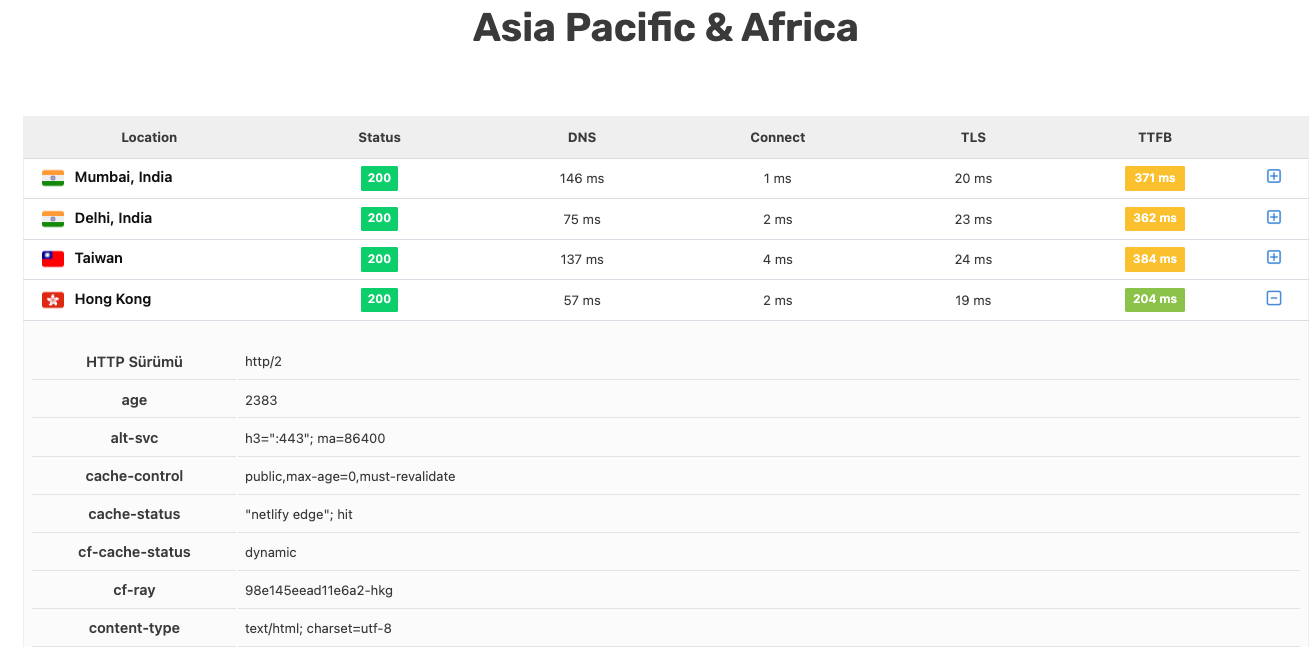
Confirm any server-side blocks or whether your site is blocked from entry in China by researching the Great Firewall of China. You can review CDN service providers for this. When planning to optimize the crawl budget, confirm that you have not accidentally blocked the search engine bots I mentioned for Asian countries with robots.txt.
We need to implement hreflang as standard. Implement hreflang with the correct codes for users in different regions who speak the same language:

I recommend using not only hreflang but also open graph tags:

If you are using country-specific domain names like .jp, .cn, and .kr, plan to implement technical SEO practices completely, because even if the infrastructures are the same on different domains, we can encounter unexpected errors.
As always, you can track performance results specific to the country and examine whether click increases are due to trends & seasonality or if there is a real rise:

QR code payment is used almost everywhere in Asian countries. From shopping in a mall to paying prices at a street vendor or viewing a menu. If you have physical stores in these countries and QR codes are generated, I recommend you make sure that the links within the QR codes open quickly with a 200 status code. Don't think of this only as e-commerce; it could even be the documentation of a bank or insurance company in PDF format:
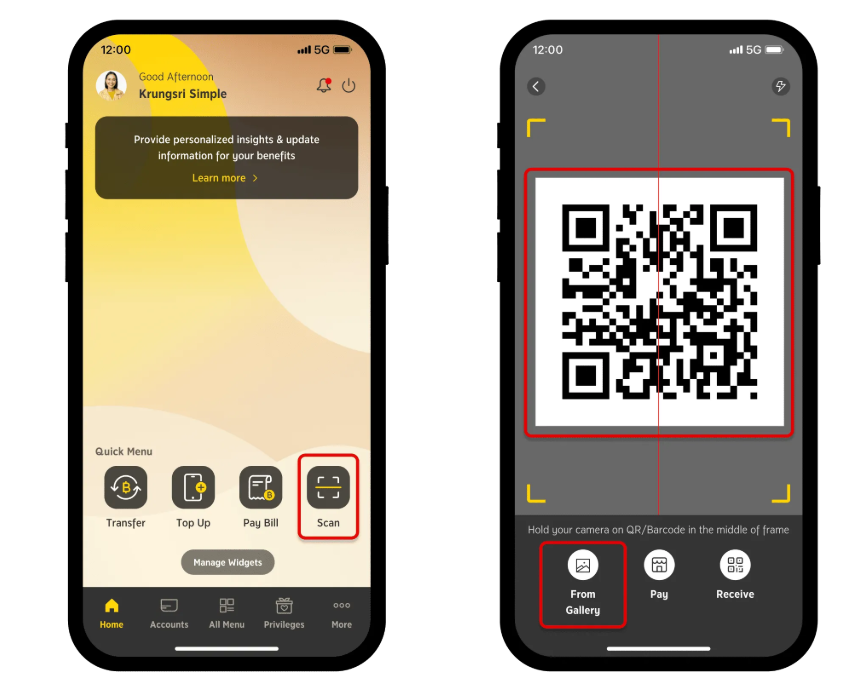
Localization Instead of Translation
"Localization" involves much more than a simple translation. For example, the slogan "Pepsi brings you back to life" was translated as "Pepsi brings your ancestors back from the grave" and drew backlash. Therefore, it is necessary to clearly understand the difference between "Translation" and "Localization". Clarifying these briefs at the very beginning of content work will be beneficial to avoid starting over later and to achieve success in the Asian market.
Not only text but also images are important in international SEO. Do not forget that an image considered normal in Europe may carry a different meaning in Asia:

With WeChat integration, you can allow visitors to log into your site and support local payment methods. You can consider visitors seeing prices in their own currency or address formats as more important niche tasks. Decisions on whether brand or product model names are searched in the local language with, for example, the Thai alphabet or with the Latin alphabet are among the decisions that need to be made at the very beginning when creating pages:

You can also research what topics are prioritized in searches on e-commerce sites and how meta tag structures are designed on product detail pages:

Holidays and Festivals
Just as there are special days like Ramadan Feast in Turkey, there are also special days in Asia, and you can make these days a part of your SEO strategy. For example, preparing a landing page containing products like water guns, waterproof phone protectors, and transparent raincoats before the Songkran festival in Thailand can help you sell more products during this festival.
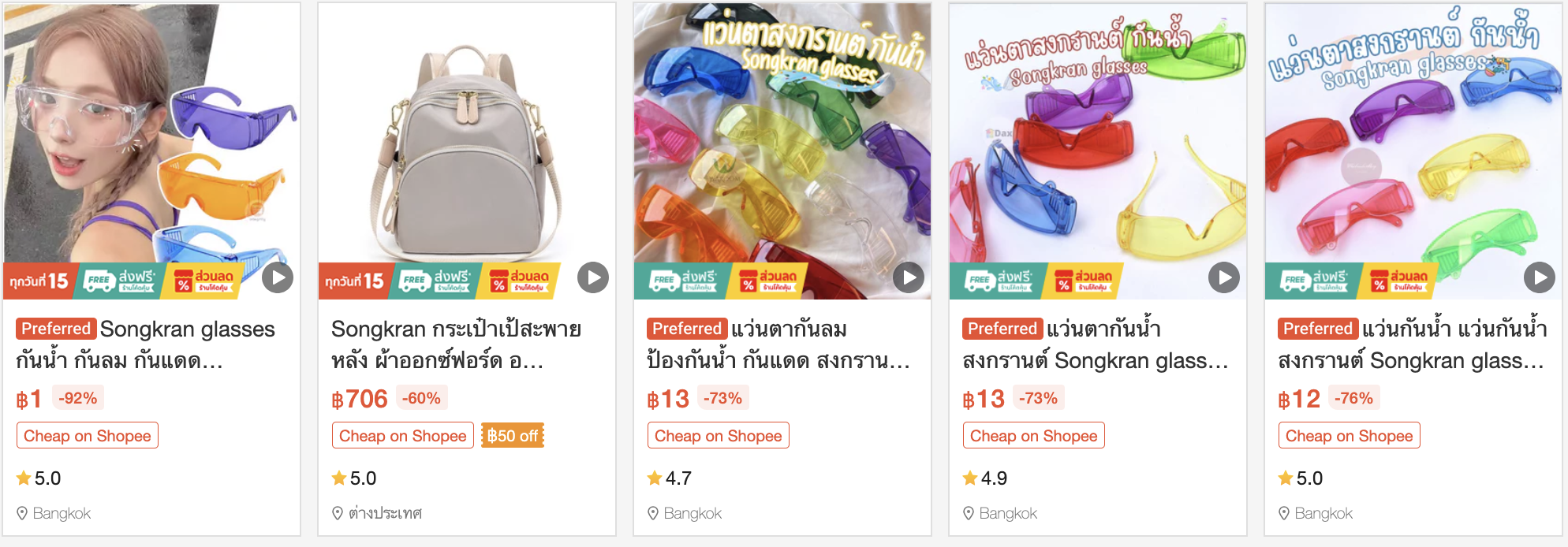
I recommend you do not miss local holidays like the Chinese New Year, Diwali, or Chuseok. Topics such as "gift ideas," "holiday tours," "holiday discounts," or "traditional food recipes" are searched for intensively during these periods, and this is an opportunity for you. Other examples:
- The Best X Tech Gift You Can Buy for Your Mom for Diwali
- How to Make Mooncakes at Home for the Moon Festival
Local Backlink Building
You can plan backlink efforts specific to your relevant market by obtaining backlinks through natural methods from one of China's largest news sites, like sohu.com. The language of the page linking to you will be important according to the documentLanguage metric mentioned in leaked documents. Therefore, it will be much more beneficial to obtain a link from a relevant Chinese site for your site in China, rather than from a Turkish site.

As I explained in the Naver example, traveler blog posts or reviews are very valuable in these markets. Users don't just watch YouTube videos; they also value written articles greatly. You can obtain backlinks by actively identifying the problems users are facing in forums and offering a solution-oriented approach.
For example, I think a cosmetics company could be active in a Cafe on Naver focused on beauty and makeup. By the way, I advise against spamming to get links and recommend not adding direct links. In Japan, you can gain new backlinks by sending trial products to bloggers and asking them to promote these products.
By checking the backlink disavow tool specifically for Google, if there are domains blocked just for being in Chinese and these domains are sites that should not be in the disavow file, you can remove them from the relevant file:
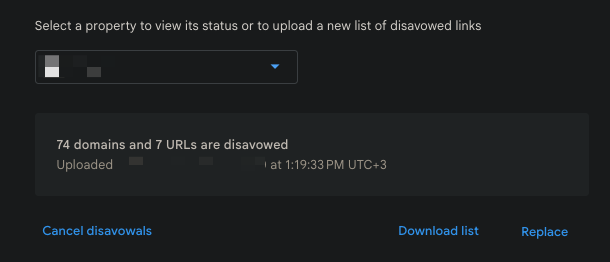
Finally, I am aware that the language barrier is very difficult for all of us; however, by putting in a little more effort than usual to overcome this, we can get ahead of our competitors and achieve our desired goals. If I get the chance, I will explain the active use of LLMs and AI tools like DeepSeek in detail in another article, but you should still incorporate DeepSeek into your work and try to understand the results.
I wish all readers who have read my article this far much success in their work in Asian countries.
References:
1: https://www.cnnic.com.cn/IDR/ReportDownloads/202505/P020250514564119130448.pdf

